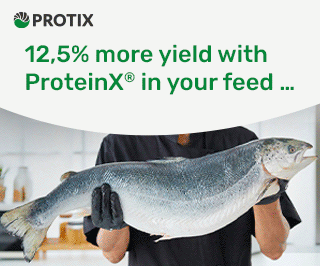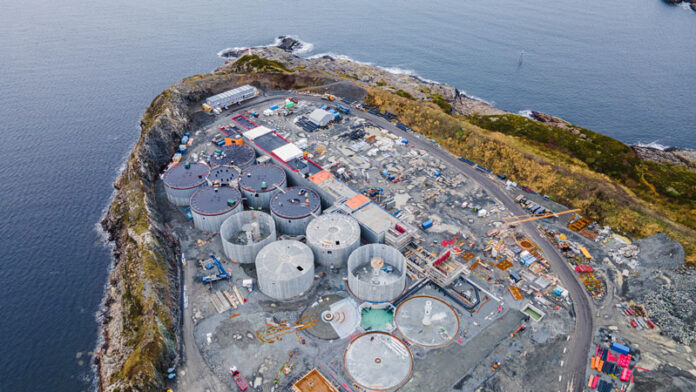Hybrid flow-through systems (HFS) have the potential to transform the aquaculture industry says new report.
Hybrid flow-through systems (HFS) could revolutionize aquaculture by offering a sustainable, biosecure alternative to traditional net-pen farming and Recirculating Aquaculture Systems (RAS), according to a report published by RaboResearch on Wednesday.
However, widespread adoption will require significant financial investment and regulatory support, the report notes.
The report estimates that HFS projects currently in operation or under construction will need €2–3 billion ($2.1–3.2 billion) in capital by 2030. Expanding the technology beyond Norway and Iceland to regions such as Chile, the US, and Canada will require even greater financial and legislative backing.
“Substantial capital investment and supportive legislation are crucial for the widespread adoption of HFS technology,” said Gorjan Nikolik, Senior Seafood Analyst at Rabobank.
Advantages Over Net-Pen and RAS Systems
HFS combines features of traditional flow-through systems and RAS, offering advantages such as reduced exposure to pathogens, lower environmental impact, and improved fish health. Unlike RAS, which requires extensive infrastructure and higher operational costs, HFS relies on access to temperate water, making it particularly suited for established salmon markets in Europe and North America.
Key benefits cited in the report include:
- Superior biological performance: HFS farms achieve a feed conversion ratio of 1.1 compared to the industry average of 1.3 and a survival rate of 97% versus 83% in net-pen systems.
- Reduced environmental footprint: By preventing the release of pathogens and minimizing fish escapes, HFS reduces the impact on surrounding ecosystems.
- Higher-quality output: Better biosecurity leads to a higher percentage of premium-grade fish, which fetches higher market prices.
Addressing Sustainability Challenges
While HFS represents a significant improvement in biosecurity and sustainability, its higher energy consumption remains a challenge. Producing one kilogram of salmon in an HFS facility requires 1–8 kilowatt-hours (kWh) of energy, compared to negligible energy use in traditional marine farms.
To ensure long-term sustainability, HFS farms will need to rely on renewable energy sources. “The good price and the lower biological cost of production outweigh the higher energy cost and should lead to improved profitability,” said Nikolik.
The report suggests that HFS could address some of the limitations of marine cage farming, including rising mortality rates linked to lice treatments and bacterial infections. While RAS systems are likely to remain essential for smolt production and expanding into untapped markets such as Asia, HFS is positioned to complement traditional farming in established markets.
“HFS aquaculture is one of the alternatives that can change this situation materially,” Nikolik stated, emphasizing its potential to boost supply while improving sustainability and economic outcomes.
As HFS technology gains traction, its success will depend on securing the necessary capital and regulatory frameworks to expand its adoption globally, the report concludes.



